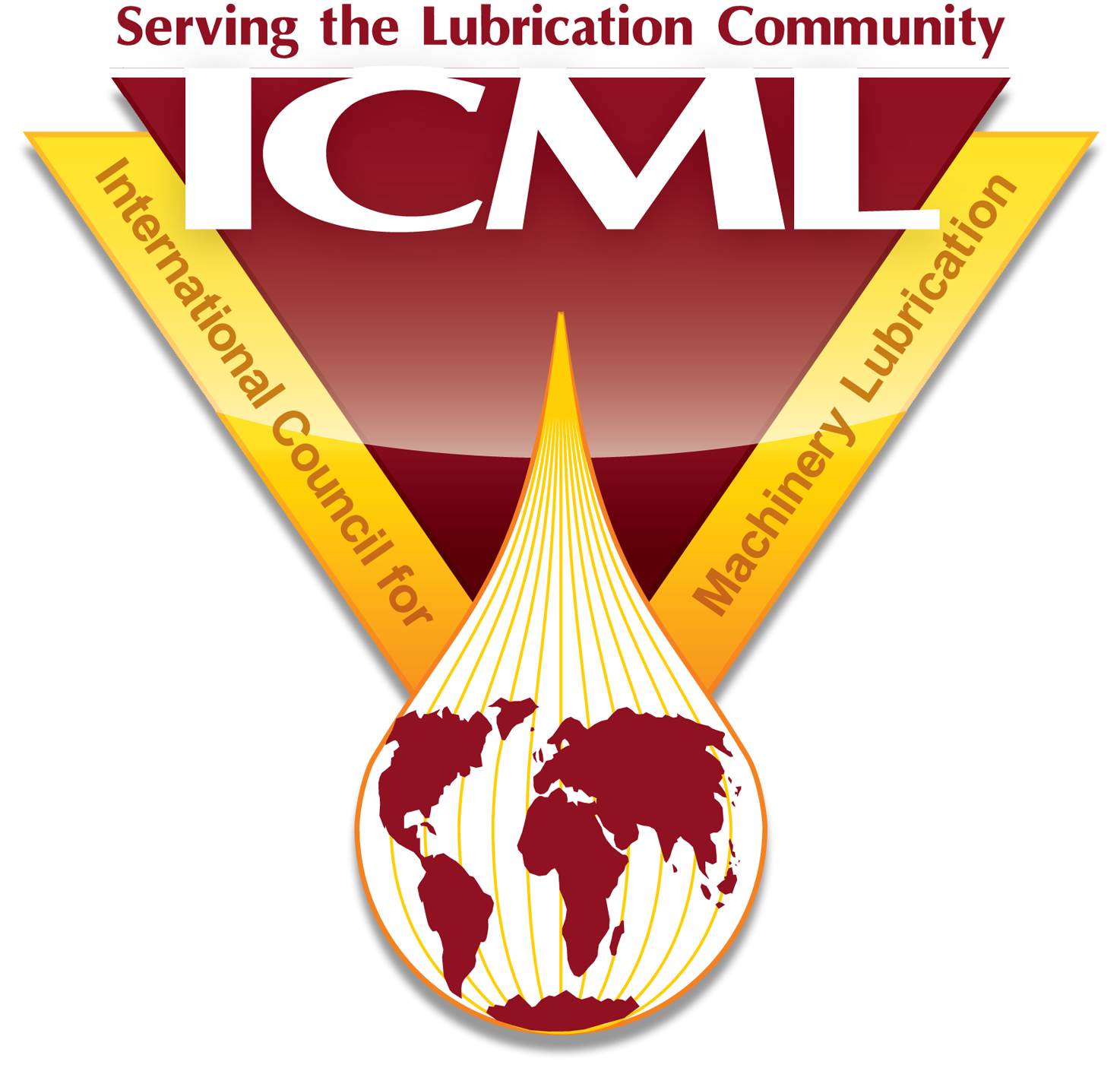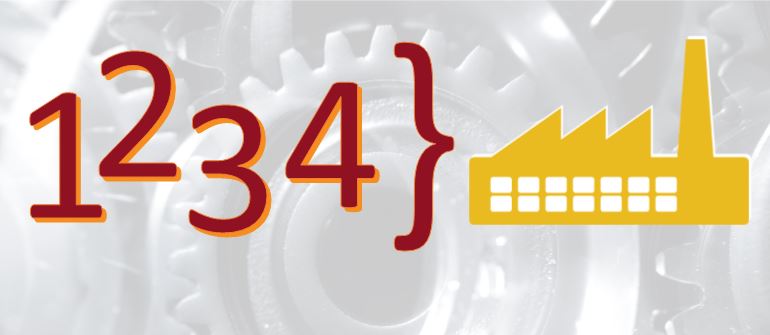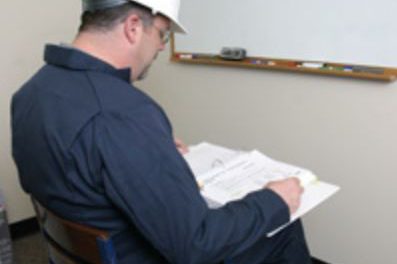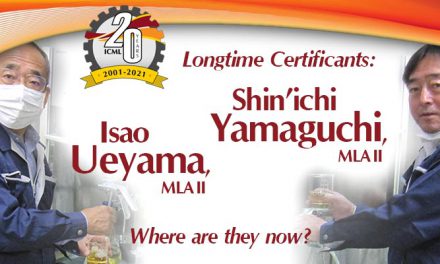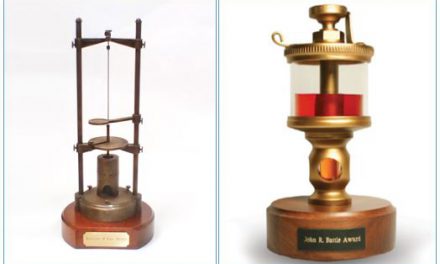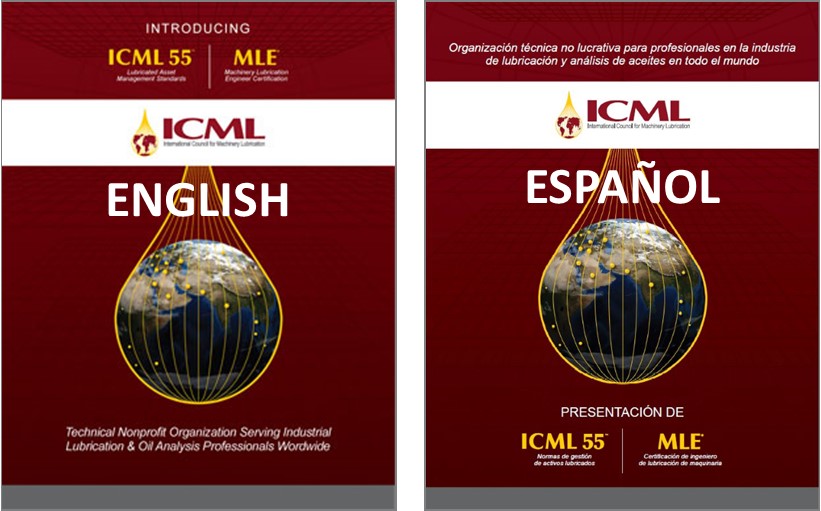Paul Hiller, ICML, February 1, 2020 | You, me, them—Every one of us is always performing or learning something at any given moment. Some skills we are good at. Some we are not. Yet just because we believe all is well with a particular skill doesn’t mean we couldn’t be better at it, but how would we ever know? This is where the Four Stages of Competence come into play.
The Four Stages model provides a means to describe how human beings learn new skills. Developed roughly fifty years ago by management trainer Martin Broadwell and popularized by psychologist Noel Burch in the 1970s, this model is also known by other names: the Four Stages of Learning, the Conscious Competence Ladder, among others.
Most often, these stages are applied to the learning journey of an individual person. But how can they be applied to a lubrication maintenance organization?

In a nutshell, the four stages represent a progressive matrix of consciousness and competence:
- STAGE 1 – UNCONSCIOUS INCOMPETENCE: A person is blissfully unaware of his shortcomings with regard to a particular skill set. The length of time a person remains in this stage depends on how motivated he is to learn.
- STAGE 2 – CONSCIOUS INCOMPETENCE: Once this person is made aware of his shortcomings through one or more resources, he acknowledges that new skills will be necessary to resolve these deficiencies. Hopefully, he starts to learn these skills.
- STAGE 3 – CONSCIOUS COMPETENCE: He practice these new skills, deliberately thinking through steps and procedures as he does so…
- STAGE 4 – UNCONSCIOUS COMPETENCE: …until the new skills become second-nature or habitual, performed competently without any extra concentration or special effort.
Surely, these four stages apply individually to lubrication practitioners who go through the rigors of training and certification. Self-awareness allows a person to know not only which stage he is at with a skill, but also what he needs to do next to get better.
When is it best to get certified?
It is an honest question: In which stage would we find candidates to be most receptive to training and certification?
The answer might be open to friendly debate, but I would suggest that Stage 2, “Conscious Incompetence,” is where most practical training begins. And while Stage 4, “Unconscious Competence,” is where certification might make most sense, I would argue that certification is more impactful as a bridge from Stage 2 to Stage 3 while practitioners start to apply what they are learning.
Stage 1, meanwhile, is where we would find those who are not yet ready for training at all, because they innocently never consider the value or necessity of exposure to new ideas and information.
Applying the model to a physical plant lube program
Does the model hold up when applied within the context of a departmental lubrication program? Yes, but we should recognize that this scenario consists of individual people working together in concert, so it is fair to say that an organization’s stage of competence can be gauged by (1) the aggregate competence of its team members, plus (2) the efficacy of its lubrication program through which those team members perform their duties. Because of these conditions, the delineation of the four stages is not so clear; they tend to overlap.
Regardless, we should see a common pattern across case studies, because even institutional learning starts with the status quo and advances on the strength of curiosity, the reception of good training, and the application of “practice makes perfect.” Somewhere along the way, the professional certification of individuals—combined with recognition of a physical plant’s success story—can confirm newfound levels of competence.
STAGE 1: Lubrication Status Quo: All is Well
At the unconscious incompetence stage, a maintenance organization may be working in its own bubble of KPIs. Without external data that compares its lubrication performance and expenses to other similar organizations or to industry standards, the department subjectively performs activities without knowing whether they are optimized.
Phrases associated with this stage might include, “If it ain’t broke, don’t fix it,” and, “We are doing good: only three gear box replacements this quarter!”
Such an organization likely comprises individuals who possess practical knowledge of such subjects as asset optimization, contamination mitigation, lubricant selection factors, best practices for storage, etc.—but they do not necessarily apply this knowledge or even appreciate their own relevance to the larger scope of business objectives. Organizations (i.e., organizational leaders) in this stage dispute the benefits of comprehensive lubrication programs and professional certifications because they naturally assume everything is already as it should be, without realizing that things could be better. This is not a resistance to change for change’s sake; rather, it stems from a lack of understanding of the value proposition that training and certification can offer to a lubrication program.

STAGE 2: We can do that?
At the conscious incompetence stage, someone has presented one or more members of the organization with evidence that there is tangible value in the formal development and sustained application of a lubrication program. Such evidence comes (purposefully or accidentally) from reading industry magazines, attending conferences, and exchanging stories with other companies. Additionally, case studies are good tools to plant seeds of awareness that can shake people out of Stage 1 inertia.
Such exposure is oftentimes the result of managerial mandates, e.g., “Read this magazine. Take this online class. And, oh, by the way, I signed you up to attend the XYZ Conference. You leave tomorrow.” This suggests there is something to be said for forcing educational opportunities upon lube crew personnel. Managers who require continuing education are doing their teams a favor, helping ensure they do not remain stuck comfortably in Stage 1 forever.
Stage 2 is where the term “low-hanging fruit” most likely gets introduced. Frequently, an internal audit of machinery assets, lubrication procedures, and institutional knowledge is conducted at this stage to confirm the potential ROI of new actions that might be initiated.
Not all organizations that become of aware of the possibility for improvements turn immediately to third-party consultants for guidance. But all organizations that want to resolve their recently recognized lubrication deficiencies will start shopping around for training, certification, equipment, product, and procedural solutions, regardless of how they intend eventually to manage their lubrication programs. (Certifications, of course, are always third-party affairs.)
Sustainability is purpose-driven
Because the pursuit of training can be a daunting task, Stage 2 is where most lubrication programs die. This is why organizational purpose (objectives, goals) is so important. Any team can increase its aggregate brain trust by sending its most receptive lubrication practitioners to formal training to ensure consistent expansion of institutional knowledge. And, ideally, these practitioners will train and learn so they can proceed to apply best practices in Stage 3.

But change is hard. However, it can be made easier if these practitioners perceive a larger organizational purpose. An organizational purpose can be as simple as setting new KPIs to break old maintenance records, or focusing on winning an industry award for the facility—anything measurable that helps an organization (and its individual members) to stay motivated and avoid feeling overwhelmed.
From a management perspective, it is also necessary to be careful where to spend training and certification time and dollars, to ensure that gains are made in areas that are obvious and important to team members. After all, what is the point of increasing your department’s competence in areas that don’t align with organizational goals?
STAGE 3: We are doing it!
In the conscious competence stage, the organization faces ongoing challenges spread across several months or years: practice, practice, practice. Those who drive changes to lubrication and oil analysis understand that success will require a new lubrication program plan to be developed in accordance with the organizational purpose and objectives. This plan must be executed in such a way that creates opportunities for individual practitioners—even those who are recently certified—to focus as much as possible on honing their new skills. Of course, at an organizational level, it is not just skills which must be practiced, but also new policies, procedures, and priorities.
Change leaders in this stage also understand that success requires compliance even outside the immediate lubrication program. Accordingly, they will encourage cross-departmental training and instruction so that all stakeholders (especially at executive levels) understand the potential business value of new lubrication activities.
In Stage 3, lubrication program development is focused and deliberate. One of the biggest challenges is to break down departmental policies—“habits”—in favor of new ones that provide more agility and machinery uptime. This is where you will hear talk about “culture change.” Hands-on practitioners are engaged with managers to transform the organization’s program into world-class status. They may or may not hire third-party consultants, but doing so would certainly accelerate progress through Stage 3. ICML certifications may or may not occur in this stage, but securing some early on would also accelerate progress and increase the odds for survival.
STAGE 4: The New Normal
At the stage of unconscious competence, all stakeholder groups are on the same page with high expectations for maintaining new KPIs and new levels of machine reliability that meet business goals. All practitioners, managers, and suppliers understand the big-picture relevance of new lubrication and oil analysis activities. Old habits are no longer a source of friction. The organization understands there is no business value in scaling back on any of the changes, because they have verified valuable ROI (e.g., lower expenses, greater uptime, etc.)
But let’s face it: achieving Stage 4 as an organization doesn’t mean that every part of the new lubrication program comes effortlessly to every individual on the team, like tying a shoelace or riding a bicycle. What it does mean is that institutional resistance to change has ceased and that organizational expectations and capabilities are naturally elevated. Checklists and formal procedures are still necessary to ensure consistency, especially as new hires go through their own individual stages of competence to get up to speed with the team.

Continuing education and certifications are common here, but such activities only occasionally cycle individuals—not entire organizations—back through the stages for specific aspects of the lubrication program. However, over time, the sustained presence of certified practitioners and managers mitigates erosion of an organization’s Stage 4 competence.
Organizations in Stage 4 set the curve for world class competition. These are the plants that we normally see submitting applications for ICML’s annual Gill and Battle awards (see https://www.icmlonline.com/awards.aspx). For additional examples of successful lubrication and oil analysis programs, visit our case studies at https://info.lubecouncil.org/success-stories/.
SUMMARY
It is no simple undertaking to adopt and embrace lubrication and oil analysis improvements for your organization, while simultaneously pursuing and earning professional ICML certifications for yourself and your crew. If you are trying to develop a facility-wide lubrication program plan, it is important to determine where your colleagues are—and where your organization is—within the Four Stages of Competence. As a lubrication maintenance leader, your job is to accelerate through the stages as quickly as possible so that both your people and your plant can soon become unconsciously competent and reap the benefits of world class lubrication excellence.
